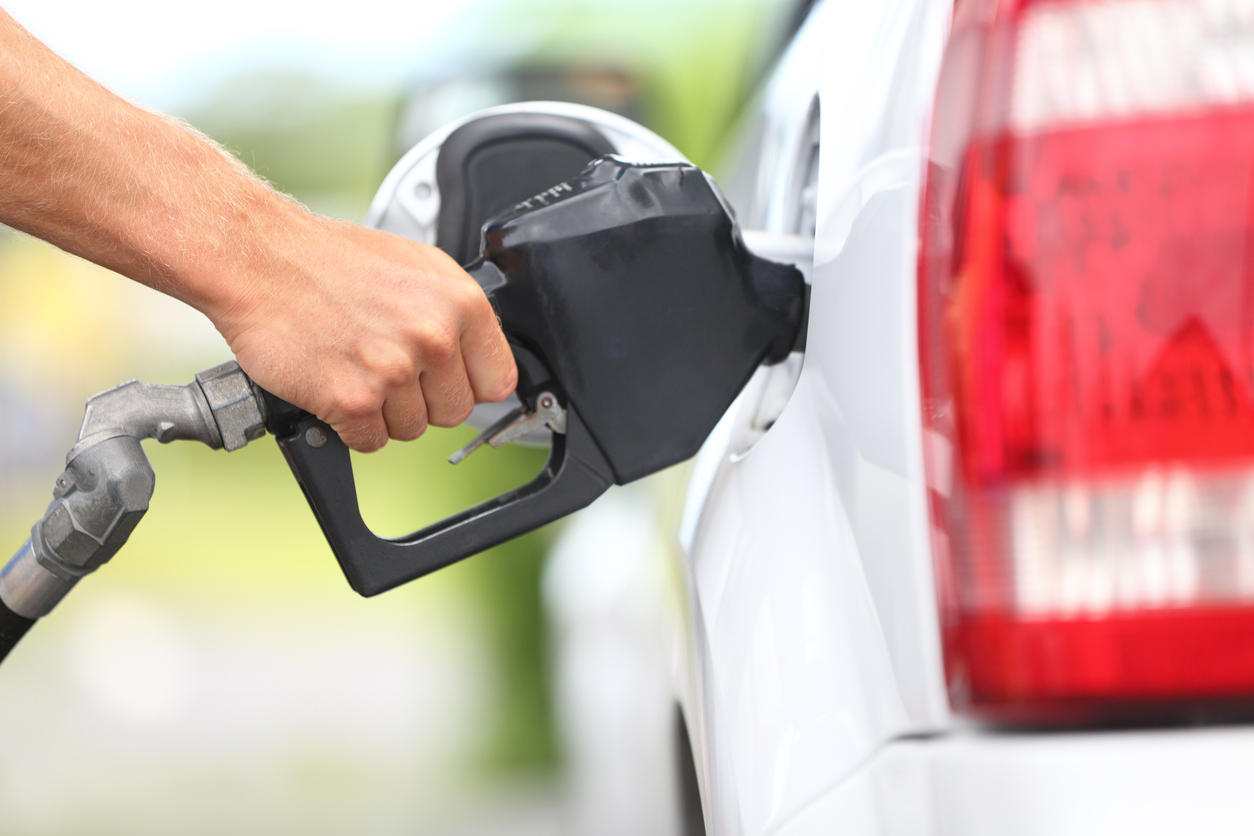Today’s gas pumps display a potentially confusing array of names, colors and alphanumeric symbols. Gasoline comes in five or more varieties, and that doesn’t account for diesel. Mix them up and the results may result in a ruined engine, corroded fuel lines or, if you’re lucky, no serious damage.
This informative article comes from the Allstate Blog.

Fuel Functionality: What If You Add the Wrong Fuel To Your Tank?
What Happens When You Put Gasoline Into A Diesel Engine?
“If you notice (that you’ve filled a diesel car with gasoline) before starting the engine, you just have to clean the whole system,” said Jim Gill, head of product and technology public relations communications for Volkswagen. “This primarily entails draining the fuel tank and refilling with correct diesel fuel.”
But if you realize that you’ve put gasoline into your diesel engine, don’t drive it or your engine may suffer serious damage. You’ll need it towed to a professional mechanic or dealership that can flush the system properly.
“If you notice (that you put gas in a diesel engine) after you started the engine, then catastrophic failure of the injection pump, the injectors, and finally the whole engine will likely occur,” continued Gill. “Nobody really can tell you when that will happen. But it is not a long time or distance.”
Of course, there are technical reasons gasoline can be fatal for a diesel engine. First, the petroleum refining process (creation of gasoline) results in products that have progressively higher boiling points. Gasoline boils somewhere between approximately 105 and 410 degrees Fahrenheit, while diesel boils around 500 to 650 degrees Fahrenheit, according to the European Automobile Manufacturers Association.
Additionally, both gas and diesel engines mix fuel with air, and then compress the mixture as the piston moves toward the top of the engine’s cylinder. Diesel engines do not have spark plugs and rely only on compression to ignite the fuel. Compression ratios for diesel engines range from 18:1 to 23:1. By comparison, gasoline engines typically boast a compression ratio of 9:1 or 10:1, according to Engine Builder Magazine. The increased pressure of the early ignition of gasoline in a diesel engine can break pistons, bend connecting rods or even blow the head off the engine — failures normally seen only on highly stressed drag-racing engines.
What Happens When You Put Diesel Into A Gasoline Engine?
Putting diesel in a gas-fueled car is typically not as harmful, according to Autoguide.com. A couple of gallons of diesel may only make the car run poorly, but it can smoke like a steam locomotive. If fed only diesel, a gasoline-fueled vehicle will quickly stop working.
As mentioned above, gasoline engines typically have a compression ratio of around 10:1, which is far from enough to ignite diesel, even with the help of a spark plug. If you put diesel in a gas engine and pretend it didn’t happen, the fuel pump, lines and injectors could be ruined, the fuel filter clogged up and other damage done. If you do realize your mistake before you start the car, have the vehicle towed to a repair shop where the fuel tank can be drained.
What to Do If You Put the Wrong Fuel Into Your Car
According to NAPA Auto Parts, the longer an engine runs on the wrong fuel, the worse the problems can become. Here’s what to do if you add the wrong fuels to your vehicle:
If You Notice While Filling the Fuel Tank:
- Stop adding fuel immediately.
- Don’t start your car or turn the key to “on.”
- Disconnect the battery.
- Push your car away from the fuel pump area.
- Have the car towed to repair facility.
- A professional will empty your gas tank and may flush out the fuel lines.
If You Notice After You Begin Driving:
- Pull over.
- Shut off the engine.
- Have the car towed to a repair facility.
- A professional will drain your gas tank, flush the fuel system and make repairs if needed.
Preventative Measures
Pump nozzles and vehicle filler necks on gasoline-fueled vehicles have been designed to help prevent against putting diesel in a gasoline car. Some of the safety measures designed to prevent fuel mixing include a separate diesel dispenser, color-coding the handle, designing the diesel nozzle to be a larger diameter so it won’t fit into a gasoline tank filler neck and including a protective flap inside the gasoline filler neck to further help prevent diesel from entering the tank.
Unfortunately, the smaller-diameter gasoline nozzle fits readily into the larger diesel filler neck. To combat this scenario, some manufacturers have developed devices that help prevent fueling if a smaller-diameter nozzle is inserted. Unless your diesel vehicle is fitted with such, you may want to avoid loaning it to anyone, especially someone who isn’t familiar with fueling a diesel vehicle.
To view the original article, click here.